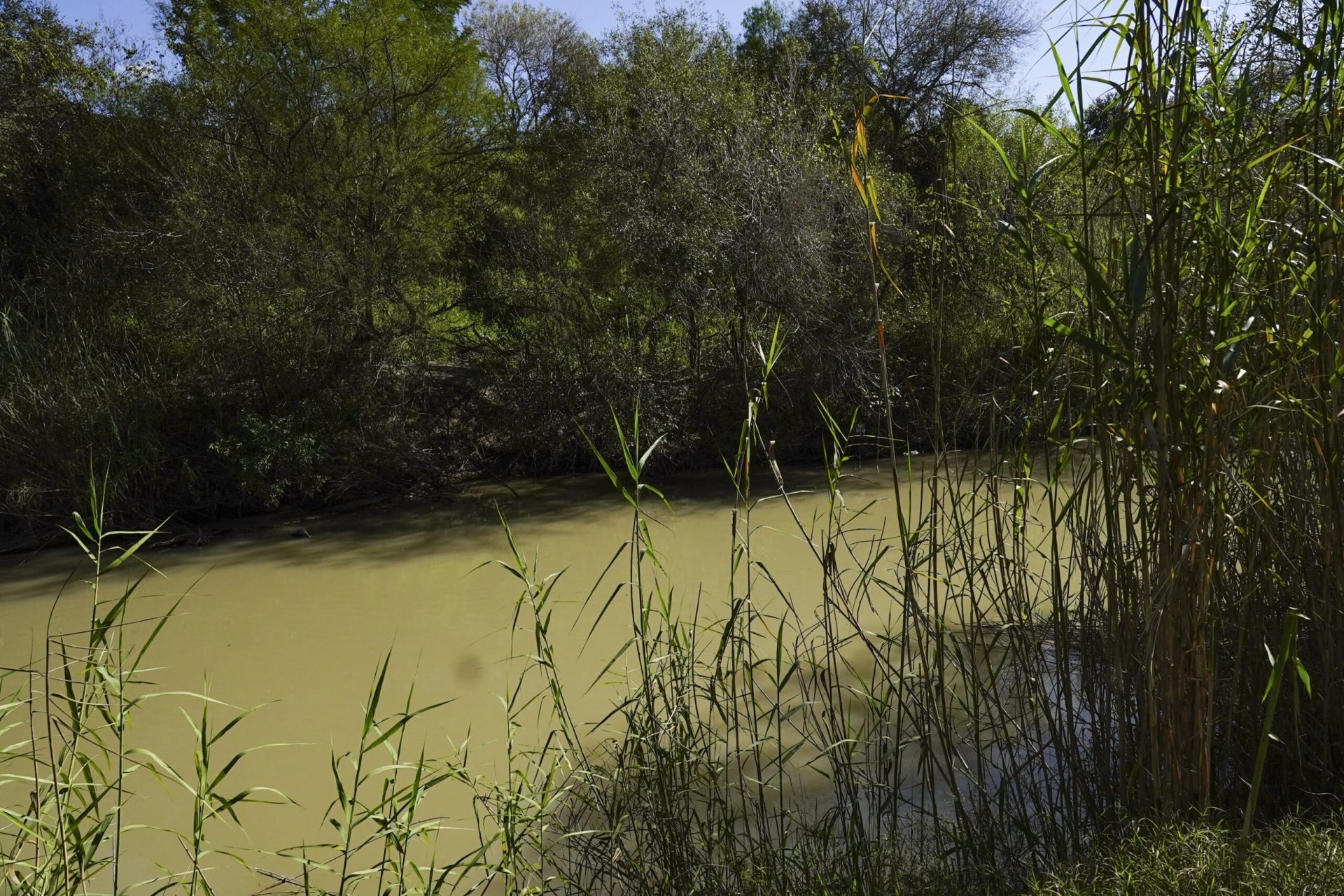|
Only have a minute? Listen instead
Getting your Trinity Audio player ready...
|
The Rio Grande Valley isn’t the only place that’s suffering from chronic drought and a critical lack of water. It’s affecting much of Texas and other parts of the Southwestern United States. Officials in other areas are starting to look for ways to conserve depleting supplies of water — and new sources.
Valley officials should monitor such efforts. Maybe we can get a few ideas.
One possibility would be to create a new reservoir to hold more water. One such plan is in the works in north Texas.
The city of Wichita Falls, for example, is looking to build a dam along the Little Wichita River to create a new reservoir, named Lake Ringgold, in Clay County east of the city. The Texas Commission on Environmental Quality, the state’s environmental protection agency, approved the proposal on May 10. The project still would have to be approved by the Army Corps of Engineers.
City officials estimate the new dam would cost about $500 million to build and create a 16,000-acre reservoir. Other costs are expected, primarily from fighting lawsuits from landowners who will lose property, native American groups that say tribal lands will be flooded and environmental groups that oppose the loss of habitat for land-based wildlife.
The scenario no doubt sounds familiar to many people in the Valley, which already has lost a $100 million sugar cane industry, and fears losing a $500,000 citrus industry, to the lack of reliable water for irrigation.
The decade-long 1990s drought prompted Valley officials to seek alternative water sources, even as extreme as building a pipeline that would run hundreds of miles to the Louisiana border in order to tap reservoirs there.
But dams also have been proposed, and might warrant a second look — and the sooner the better, before land development could make a new reservoir more difficult, and more costly, to build.
One possible option might be along the Arroyo Colorado, where the basin in some areas might be deep enough to allow water levels to rise without too much encroachment on developed private property.

Another option would be a dam on the Rio Grande, which already has been proposed.
The 1944 U.S.-Mexico water-sharing treaty allows three dams on the river. Two have been built, at Amistad and Falcon. Brownsville long ago proposed building a weir, or partial, dam east of the city. The idea has been revived, but new talk is about a channel dam that would cross the river completely. This would be more costly and difficult, requiring State Department permits and a commitment from Mexico to build its part of the dam.
Mexico needs the water as much as we do, and might support the project. And it might be best to ensure that the third Rio Grande dam be built where it can benefit the Valley, before people upriver get any similar ideas.
The weir was proposed in the 1990s but shelved after the U.S. Fish and Wildlife Service determined in 2002 that it would flood about one-third of the protected habitat in the Sabal Palm Forest.
However, the Valley’s water shortage has become extreme. Extreme measures, including a possible new reservoir, need to be considered.




